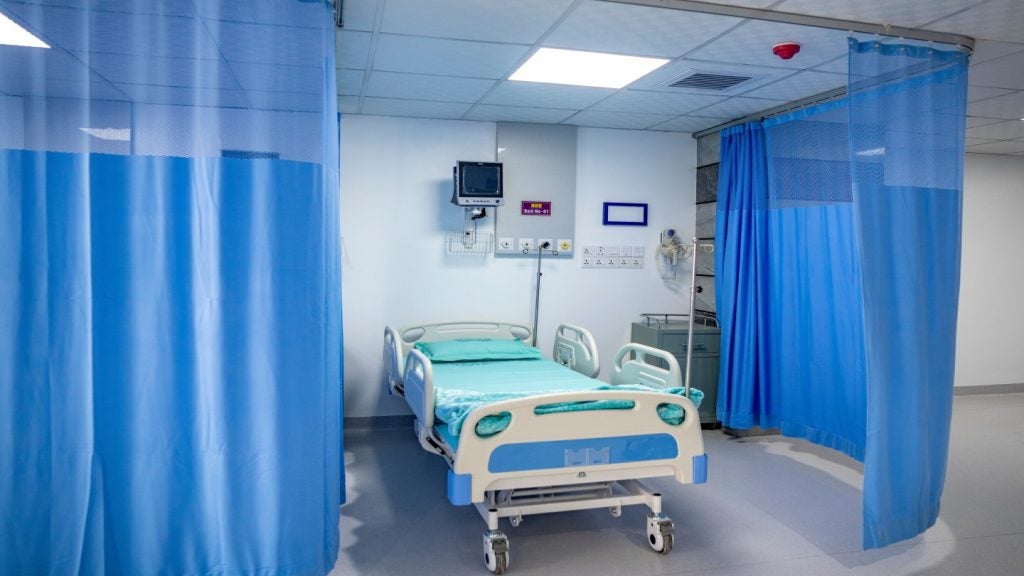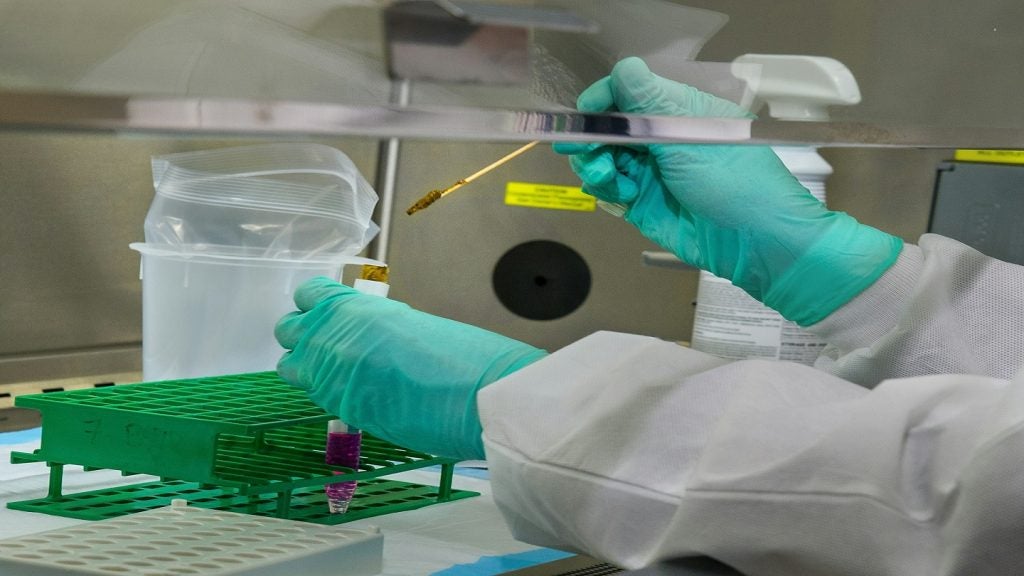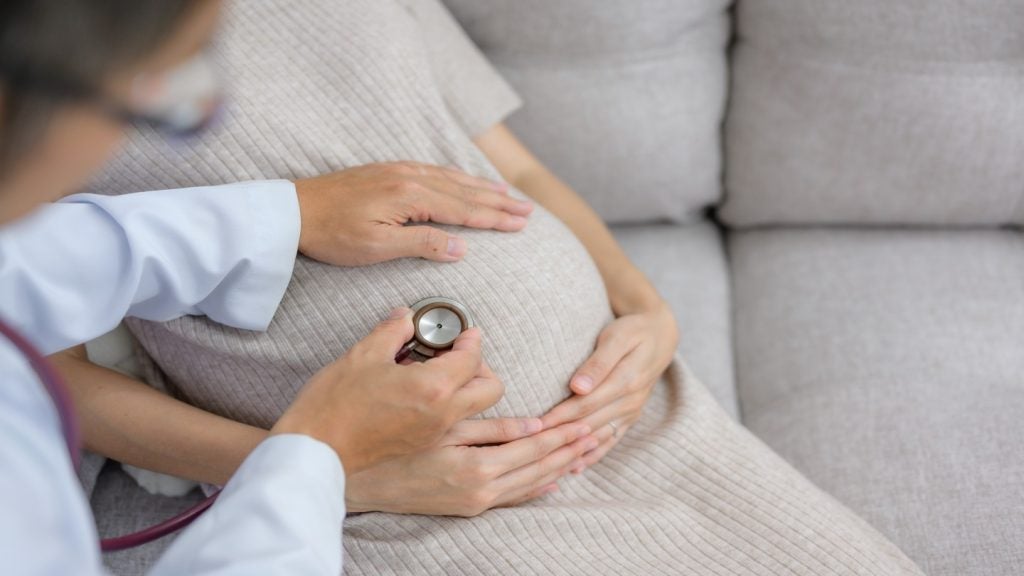The Shrewsbury and Telford Hospital NHS Trust (SaTH) in the UK has introduced a new electronic children's observation system, aimed at enhancing the care of young patients.
The digital upgrade, which replaces traditional paper charts, has been rolled out in the paediatric unit at the Princess Royal Hospital (PRH) in Telford and the emergency departments at both PRH and Royal Shrewsbury Hospital, operated by SaTH.
Known as Paediatric Vitals, the system utilises iPads to record vital observations such as temperature, heart and respiratory rates, and blood pressure.
It displays data in real-time, alerting staff to any deterioration in a child's health and indicating when escalation is necessary.
Paediatric Vitals employs the National Paediatric Early Warning System (PEWS) to track children's health, ensuring a consistent approach across the Trust.
With the new system, clinicians can now instantly access charts with up-to-date information from any device within the Trust.
SaTh chief nursing information officer Joshua Pagden said: “The introduction of Paediatric Vitals will transform the visibility of vital clinical information within paediatrics.
“As we move away from paper charts to a digital system, vital signs will be visible on our systems. This will allow secure and confidential access for all the clinical teams involved in the patient’s care. It will also improve the communication of patient care, support handover activities and ensure this critical information is stored safely.”
Furthermore, the latest upgrade is a significant step in patient safety, allowing for more accurate monitoring and supporting early intervention for at-risk patients, SaTH noted.
The deployment of Paediatric Vitals is part of a larger digital transformation programme at SaTH, aiming to optimise the delivery of care by making crucial information readily available to healthcare professionals.
SaTH Women and Children’s Services Nursing divisional director Julie Plant said: “We are one of the first hospitals to use the digital system and this is one of the many steps we are taking to improve the quality of care to our children and young people, and indeed, to support their parents and carers at a time when they are most anxious.
“Staff have worked very hard to ensure the new system was launched smoothly, with minimal disruption and with the involvement of the children, young people, and families.”














